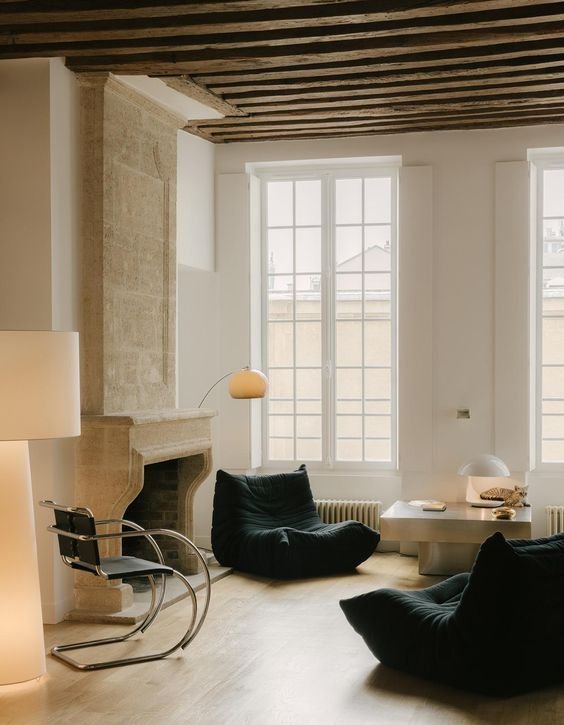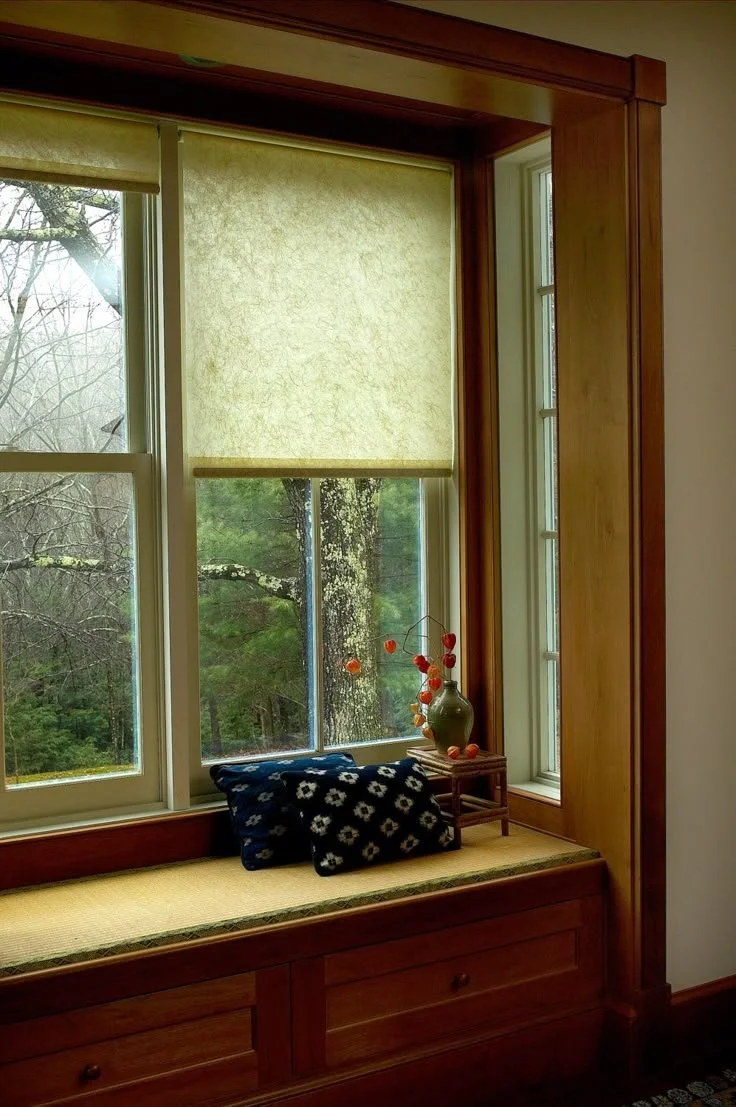Essential Tips For Creating And Maintaining A Minimalist Home
Minimalism can be defined can in a lot of different ways, but there is one common unifying theme to the movement. Minimalism is a philosophy of living simply or living with less. Minimalism is the intentional promotion of the things that you most value in life by removing anything that distracts you from it. Minimalism can be applied to many areas of your life, including your schedule, your relationships, and more, but a central part, and one of the most widely known, is the home. When thinking about what a minimalist home looks like, you might first picture a lot of white, open spaces and blank walls, but the truth is that every person can practice minimalism differently. A minimalist home is very intentional. Rather than being empty, a minimalist home has possessions that are there for a reason. Minimalist living usually involves some decluttering, organizing, and minimizing your home, all in order to lead a simpler, more purposeful life.
Minimalism can have a lot of benefits. A minimalist life can save you money, simply because if you own less, you will be buying less. You’ll also have less to take care of and can instead spend your money on things that are more important than possessions. Having fewer things in your home also means that you will have to spend less time cleaning and organizing, so you will have more time to spend on the things that really matter to you. Minimalism can also be beneficial to your mental health. A minimalist home can be relaxing and a lot less stressful to be in. You can create a calm space to unwind in.
Focus On One Room At A Time
For a lot of people, the hardest part about minimizing your home is knowing where to start. If you’re new to minimalism, it can be overwhelming to try and tackle your whole house in one go. If you’re feeling overwhelmed, you should focus on one room at a time. Direct your time and energy into the easiest room first. When you’ve finished with that room, you can use what you learned as inspiration for the rest of the rooms as you work your way through the house. When you’re working on the first room, work on decluttering, and choosing key pieces that fit the minimal look. Furniture should be simple in shape with minimal detail. Details like glass balustrades like these balustrade ideas can help to create a chic finish too. Which room you start with is up to you. You could start with the living room as the centre of the room, or your bedroom to make it into a relaxing place to unwind at the end of the day.
Start With The Visible Areas First
Once you have chosen a room to focus on, a good approach to get started is to start with the visible areas of the room first. This would be things like shelves, furniture, and things on the floor. Once you have worked on these most visible areas, you can move on to the hidden areas in the room. This would be organising areas like drawers, cabinets, and the closet. By tackling the minimalist plan in this way, you will be able to see the progress that you are making as you go along, which can help a lot if you start to feel overwhelmed with the number of items that you need to go through. When you can see that you are making progress, this should motivate you to keep going as you work through the whole house.
Declutter By Keeping Only The Essentials
When it’s time to actually start the decluttering process, a good rule of thumb to make the process as simple as possible is to keep only the items that are truly essential, and meaningful to you. Move through your home in a systematic way, starting with the easiest possessions to go through and working up to the hardest. Touch each object, and decide, “Is this something that is helping to bring value to my life? Is this something that is helping to create the home that I want? Or is this object actually distracting from it?” This can be an emotional process, so take it slowly. Remember, it’s okay to keep sentimental things. Find a way to properly store or display these sentimental items, however, rather than letting them clutter up closets and drawers.
If you’re still having a hard time deciding whether you should keep or throw out something, you can make the process easier by asking yourself four specific questions to help you decide about the item.
Do I need this item?
Do I use this item?
What would I use if I didn’t have this item?
Why do I have this item?
Limit Your Decorations To Meaningful Items
When it comes to home decor, it’s easy to want to decorate your home with various beautiful decor items that you got on sale or found at your local home goods store. However, if you really want to commit to leading a more minimalist life, you need to limit your decorations to items that hold special value or meaning to you. The thing that makes doing this difficult is that most people collect decorations over the years that don’t have any specific meaning to them.
As a result of this collecting, it’s better to try and own fewer decorations by keeping only the items that are the most meaningful to you. Keep things like family photos and special heirlooms. These items can tell your story better to your family as well as to anyone who visits your home. When you own fewer decorations, you can bring more attention and value to the pieces that mean the most to you. Without all the extra clutter to distract from them, you will be able to better enjoy your special items and showcase them more effectively around your home.
Tidy Up Regularly
Effectively transforming your home into a minimalist space is one job, but it’s quite another thing to be able to keep it that way for good. Your home is a space that is going to be lived in continuously, so it is inevitable that things will start to get messy after a while. This is especially true if you have children living in the house. This is why it is so important to develop some good cleaning habits moving forward, so you can keep on top of it, and keep your home looking minimal and clean. You need to focus on tidying up the spaces that you have, and keep in mind that some spaces will need attention every day and some spaces need seasonal attention. The spaces that will need attention every day will vary from home to home and will depend on your lifestyle. It might be putting away your children’s toys, clearing away the area where you tend to drop the mail or your belongings when you get home or tidying up the living room. See where clutter tends to gather during the day, and get in the habit of resetting them before you go to bed at night.
Resist The Temptation To Buy More Stuff
It can be especially tough to buy fewer things in an age of constant and pervasive advertising, which is why if you want to maintain a minimalist home, you need to avoid these adverts as much as you can. You can make this easier by unsubscribing from emails from stores so you don’t get alerts about sales, offers, or new products. You can also try to watch less television, or use streaming services without adverts. Throw away any junk mail without opening it. You can also try to develop an awareness of when you’re being advertised to, which makes them easier to ignore. Being less open to advertising can also be a part of rejecting a materialistic approach to life in favor of focusing more on the items that are actually meaningful for you. Think about the things that you really like, versus what materialism or advertising has made you think you like. Spend some time working out what your taste actually is and what makes you the happiest to have in your home.
Find Your Purpose
This is one of the most important parts of minimalist living. If you are thinking of starting to live in a more minimal way in your home, it should help to take some to reflect on why you want to do this. It could be because you want to save more money, because you want to spend more time with your family, or just because you enjoy the style and find a minimal home relaxing and beautiful. Figuring out why you’re doing it is important because ultimately, minimalist living is about leading a more intentional life of purpose. The goal of minimalism isn’t just about owning less stuff, but to live a more meaningful life than the one that you’re currently living.




